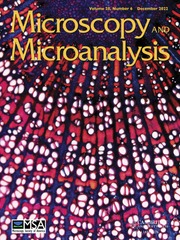Article contents
Polyallylamine as an Adhesion Promoter for SU-8 Photoresist
Published online by Cambridge University Press: 17 October 2016
Abstract
Resist lithography is an important microfabrication technique in the electronics industry. In this, patterns are transferred by irradiation onto a photosensitive polymer. SU-8 has emerged as a favorite photoresist for High Aspect Ratio (HAR) lithography, showing high chemical and mechanical stability and biocompatibility. Unfortunately, its poor adhesion to substrates is a drawback, with possible solutions being the use of low-viscosity SU-8, surface modification with a low molecular weight adsorbate like hexamethyldisilazane (HMDS), or a commercial adhesion promotion reagent. However, HMDS and the commercial reagent require surface dehydration and/or curing, and a modified form of SU-8 is not always desirable. Here, we demonstrate the use of a water-soluble, amine-containing polymer, polyallylamine (PAAm), which spontaneously adsorbs to silica surfaces, as a simple, easy-to-apply, and reactive adhesion promoter for SU-8. Conditions for the use of PAAm are explored, and the resulting materials are characterized by X-ray photoelectron spectroscopy (XPS), spectroscopic ellipsometry (SE), and wetting.
- Type
- Instrumentation and Techniques Development
- Information
- Copyright
- © Microscopy Society of America 2016
References
- 13
- Cited by


